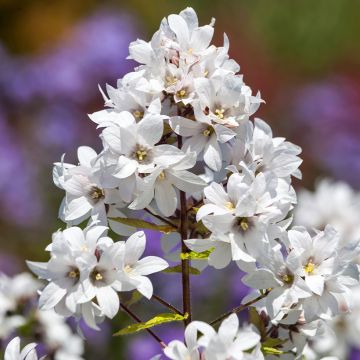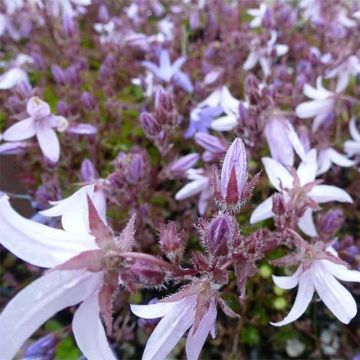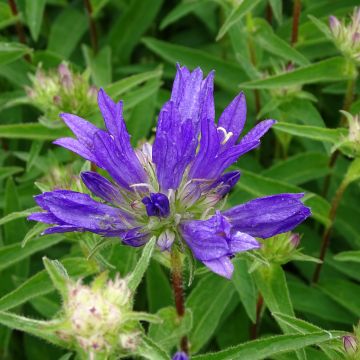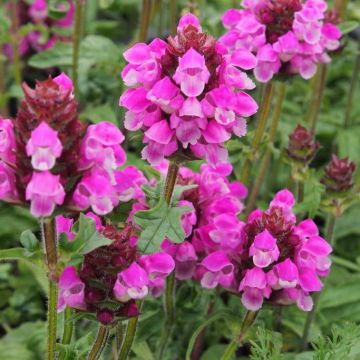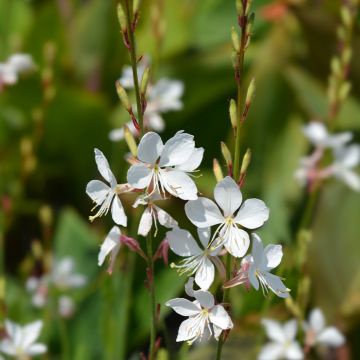

Campanula persicifolia
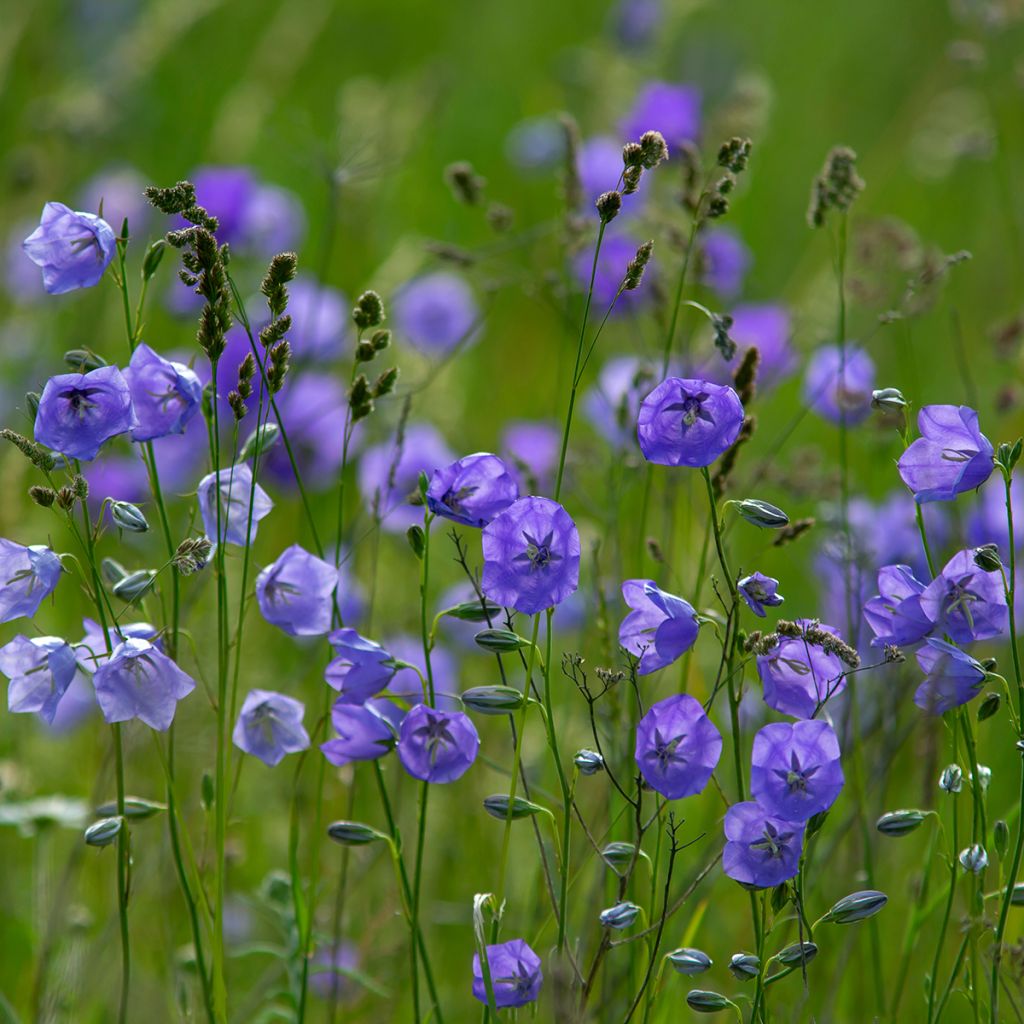

Campanula persicifolia


Campanula persicifolia


Campanula persicifolia
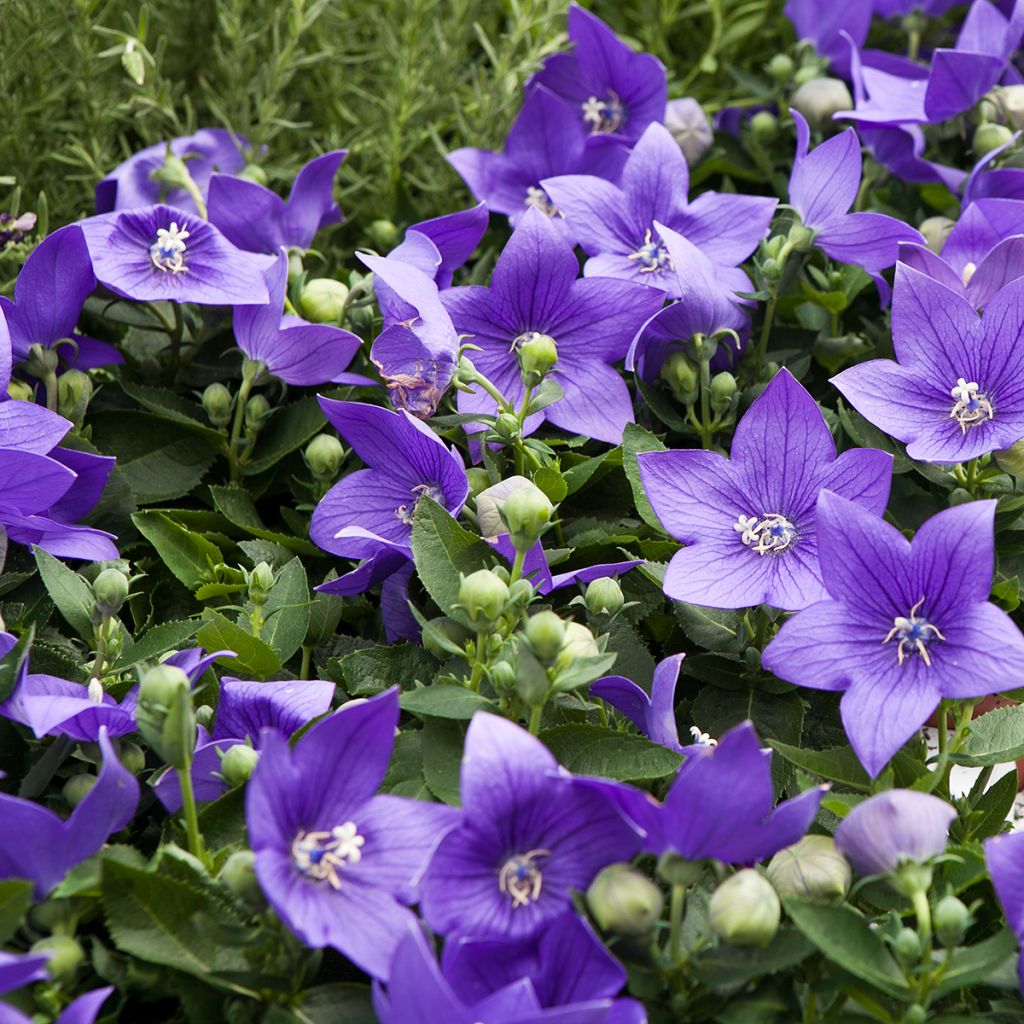

Campanula persicifolia


Campanula persicifolia
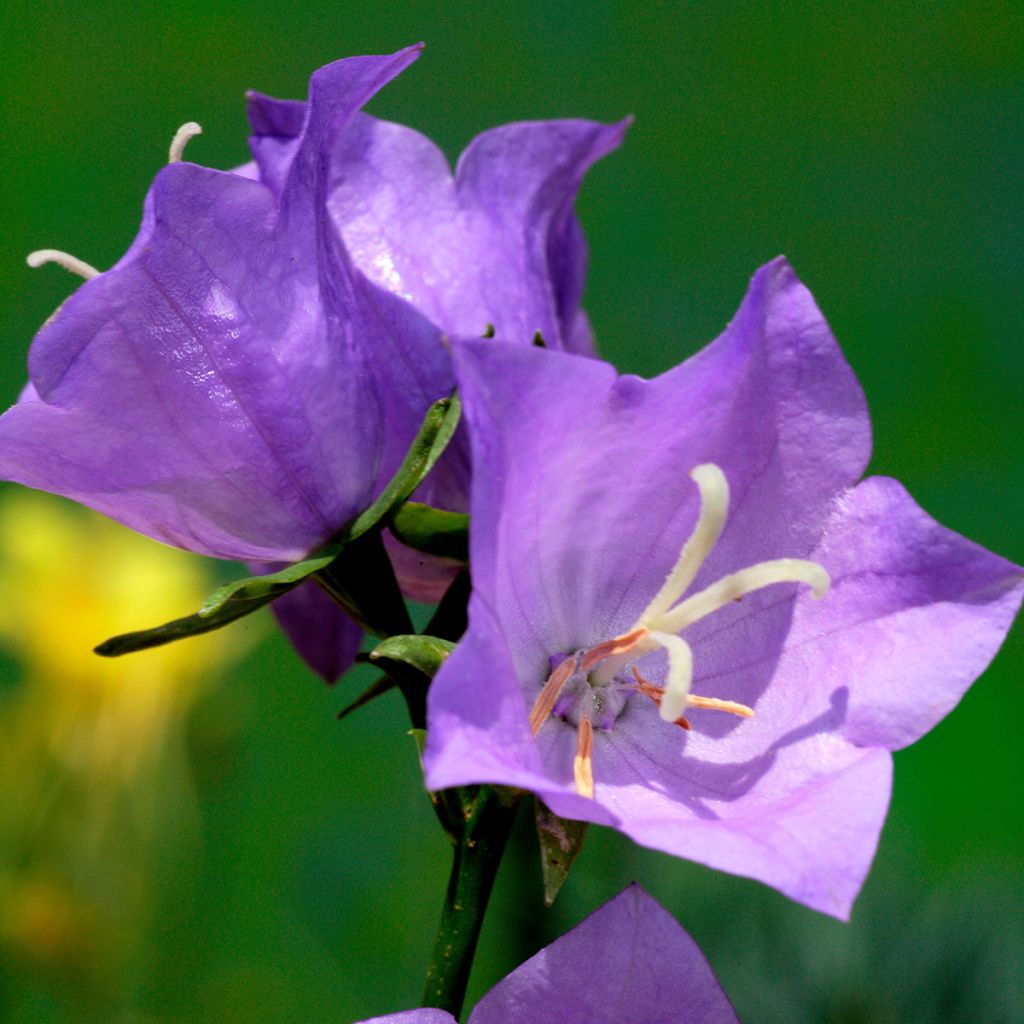

Campanula persicifolia


Campanula persicifolia


Campanula persicifolia
Campanula persicifolia
Campanula persicifolia
Bellflower
This item cannot be shipped to the selected country
Delivery charge from €5.90
Delivery charge from €5.90
More information
Schedule delivery date,
and select date in basket
This plant carries a 12 months recovery warranty
More information
We guarantee the quality of our plants for a full growing cycle, and will replace at our expense any plant that fails to recover under normal climatic and planting conditions.
From €5.90 for pickup delivery and €6.90 for home delivery
Express home delivery from €8.90.
From €5.90 for pickup delivery and €6.90 for home delivery
Express home delivery from €8.90.

Does this plant fit my garden?
Set up your Plantfit profile →
Description
Campanula persicifolia is none other than the lovely peach-leaved bellflower that populates so many old gardens. This simple wild plant, which in winter only reveals a modest rosette of leaves, takes off in summer when it blooms for several weeks with large bell-shaped flowers in a beautiful lavender blue. It is a truly accommodating perennial, low-maintenance and very hardy, comfortable in all regions. It is also an excellent cut flower, perfect in romantic and simple compositions.
Campanula persicifolia belongs to the family of bellflowers. It is native to southern and eastern Europe and temperate Asia, and its natural habitat is often wooded and hilly. It is a popular, robust perennial, forming tall and sturdy stems 60 to 80 centimetres (24 to 32 inches) tall when flowering and a clump of leaves 30 centimetres (12 inches) wide. The large single, bell-shaped, bright blue-mauve flowers are magnificent and bloom from June to August if faded flowers are regularly removed. Blooming for 3 months, it is a precious perennial for the transition period between spring and summer. In dry regions, flowering stops in summer while the plant goes dormant, elsewhere it will continue without interruption. Its foliage is semi-evergreen, dark green, with lanceolate leaves resembling peach leaves, hence its name. This plant spreads through underground rhizomes, without becoming invasive. Spontaneous seedlings are not uncommon.
The peach-leaved bellflower will always be welcome in a garden, its pretty flowering clumps punctuating wildflower beds here and there. It accompanies columbines, snapdragons, evening primroses, foxgloves, and annual poppies, coquelourde... there is no shortage of ideas for combinations with this lovely garden plant. To use it as ground cover, plant it in groups of 6 per square metre. It is also useful in slightly dry rock gardens, for example with aubrietas and moss phlox. Combine it with dames rocket, yarrow 'Salmon Beauty', add a touch of grey: ludoviciana artemisia or Stachys byzantina and enjoy the show. Like catmints, the peach-leaved bellflower is a good companion for roses (The Fairy, Little White Pet...). It is also a plant that produces fabulous flowers for bouquets, to be paired with roses and peonies, for example.
About bellflowers:
The base grows stolons that spread underground in all directions ensuring the long-term survival of the plant. The numerous upright stems that arise from this base or stolons can be fertile or sterile. Thus, when one sees a large population of bellflowers, it is often only the clones of a single individual in reality. On the other hand, different species of bellflowers hybridize very easily with each other and are often accompanied by a whole range of intermediate forms, which makes them very interesting for horticulturists.
Report an error about the product description
Campanula persicifolia in pictures


Flowering
Foliage
Plant habit
Botanical data
Campanula
persicifolia
Campanulaceae
Bellflower
Western Europe
Other Campanula - Bell Flower
Planting and care
Hardy below -15°C (5°F), Campanula persicifolia thrives in sunny or semi-shady locations. The further south you go, the more it will need a spot shaded in the afternoon. Plant it from March to May and from September to November in ordinary but deep soil, slightly acidic, neutral or slightly chalky, loose and moist. Regularly remove faded flowers in summer and cut back the faded flower stalks to encourage the plant to produce new foliage. Do not rely too much on the size of the young plant in the pot: give it the space you would give to a small bush. You can divide the clumps in autumn and spring. In pots, apply organic fertilizer at least once a year.
Planting period
Intended location
Care
-
, onOrder confirmed
Reply from on Promesse de fleurs
Summer flowering perennials
Haven't found what you were looking for?
Hardiness is the lowest winter temperature a plant can endure without suffering serious damage or even dying. However, hardiness is affected by location (a sheltered area, such as a patio), protection (winter cover) and soil type (hardiness is improved by well-drained soil).

Photo Sharing Terms & Conditions
In order to encourage gardeners to interact and share their experiences, Promesse de fleurs offers various media enabling content to be uploaded onto its Site - in particular via the ‘Photo sharing’ module.
The User agrees to refrain from:
- Posting any content that is illegal, prejudicial, insulting, racist, inciteful to hatred, revisionist, contrary to public decency, that infringes on privacy or on the privacy rights of third parties, in particular the publicity rights of persons and goods, intellectual property rights, or the right to privacy.
- Submitting content on behalf of a third party;
- Impersonate the identity of a third party and/or publish any personal information about a third party;
In general, the User undertakes to refrain from any unethical behaviour.
All Content (in particular text, comments, files, images, photos, videos, creative works, etc.), which may be subject to property or intellectual property rights, image or other private rights, shall remain the property of the User, subject to the limited rights granted by the terms of the licence granted by Promesse de fleurs as stated below. Users are at liberty to publish or not to publish such Content on the Site, notably via the ‘Photo Sharing’ facility, and accept that this Content shall be made public and freely accessible, notably on the Internet.
Users further acknowledge, undertake to have ,and guarantee that they hold all necessary rights and permissions to publish such material on the Site, in particular with regard to the legislation in force pertaining to any privacy, property, intellectual property, image, or contractual rights, or rights of any other nature. By publishing such Content on the Site, Users acknowledge accepting full liability as publishers of the Content within the meaning of the law, and grant Promesse de fleurs, free of charge, an inclusive, worldwide licence for the said Content for the entire duration of its publication, including all reproduction, representation, up/downloading, displaying, performing, transmission, and storage rights.
Users also grant permission for their name to be linked to the Content and accept that this link may not always be made available.
By engaging in posting material, Users consent to their Content becoming automatically accessible on the Internet, in particular on other sites and/or blogs and/or web pages of the Promesse de fleurs site, including in particular social pages and the Promesse de fleurs catalogue.
Users may secure the removal of entrusted content free of charge by issuing a simple request via our contact form.
The flowering period indicated on our website applies to countries and regions located in USDA zone 8 (France, the United Kingdom, Ireland, the Netherlands, etc.)
It will vary according to where you live:
- In zones 9 to 10 (Italy, Spain, Greece, etc.), flowering will occur about 2 to 4 weeks earlier.
- In zones 6 to 7 (Germany, Poland, Slovenia, and lower mountainous regions), flowering will be delayed by 2 to 3 weeks.
- In zone 5 (Central Europe, Scandinavia), blooming will be delayed by 3 to 5 weeks.
In temperate climates, pruning of spring-flowering shrubs (forsythia, spireas, etc.) should be done just after flowering.
Pruning of summer-flowering shrubs (Indian Lilac, Perovskia, etc.) can be done in winter or spring.
In cold regions as well as with frost-sensitive plants, avoid pruning too early when severe frosts may still occur.
The planting period indicated on our website applies to countries and regions located in USDA zone 8 (France, United Kingdom, Ireland, Netherlands).
It will vary according to where you live:
- In Mediterranean zones (Marseille, Madrid, Milan, etc.), autumn and winter are the best planting periods.
- In continental zones (Strasbourg, Munich, Vienna, etc.), delay planting by 2 to 3 weeks in spring and bring it forward by 2 to 4 weeks in autumn.
- In mountainous regions (the Alps, Pyrenees, Carpathians, etc.), it is best to plant in late spring (May-June) or late summer (August-September).
The harvesting period indicated on our website applies to countries and regions in USDA zone 8 (France, England, Ireland, the Netherlands).
In colder areas (Scandinavia, Poland, Austria...) fruit and vegetable harvests are likely to be delayed by 3-4 weeks.
In warmer areas (Italy, Spain, Greece, etc.), harvesting will probably take place earlier, depending on weather conditions.
The sowing periods indicated on our website apply to countries and regions within USDA Zone 8 (France, UK, Ireland, Netherlands).
In colder areas (Scandinavia, Poland, Austria...), delay any outdoor sowing by 3-4 weeks, or sow under glass.
In warmer climes (Italy, Spain, Greece, etc.), bring outdoor sowing forward by a few weeks.

































